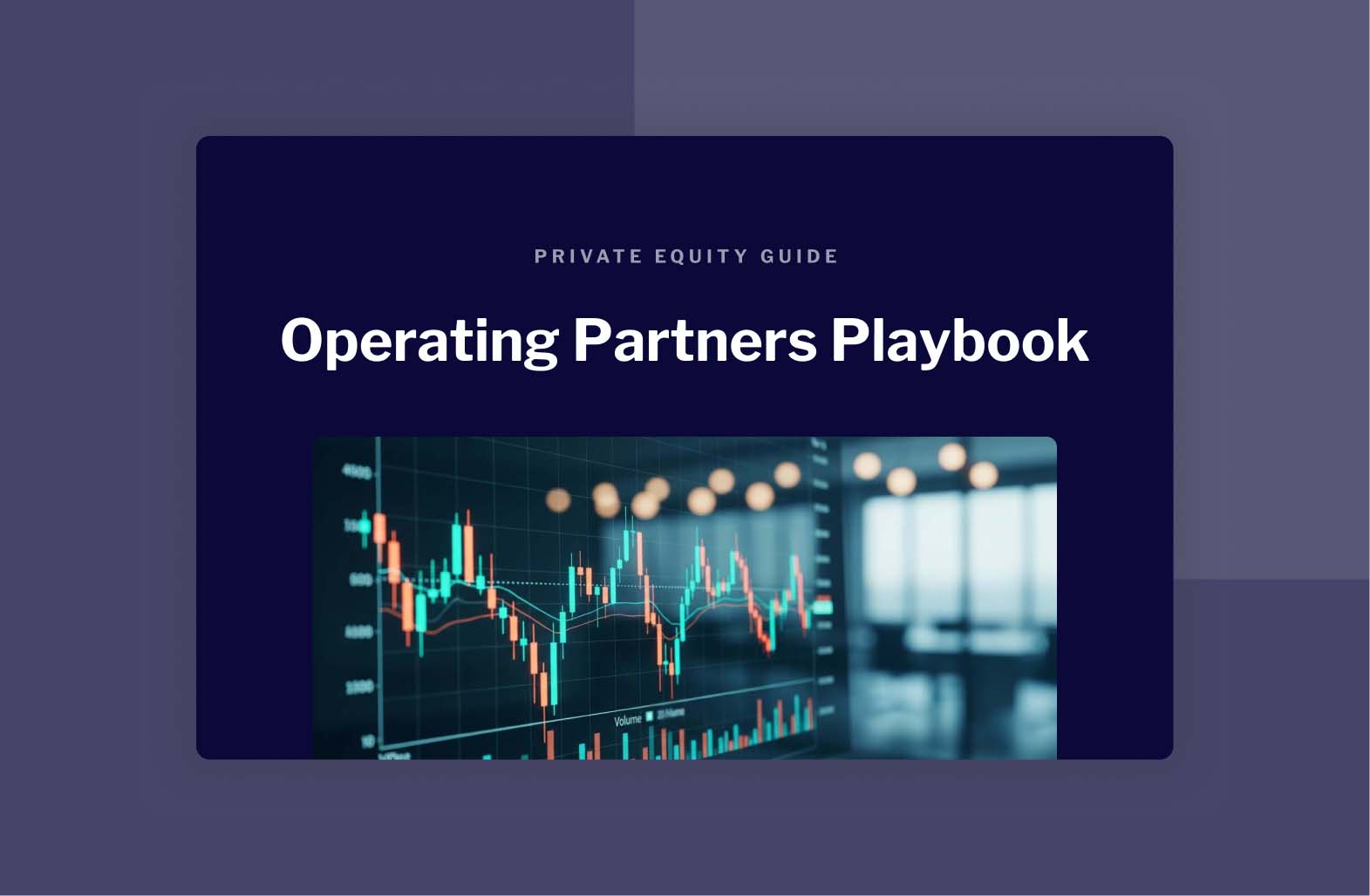Market Research Blind Spots: What Traditional Approaches Miss

The hidden gaps that cost companies millions
I’ve seen it happen repeatedly: smart, well-resourced companies invest heavily in market research, only to realize too late that they’ve been working from outdated or incomplete insights.
The most dangerous threat isn’t what you don’t know; it’s that what you think you know turns out to be wrong. That’s the trap of market research blind spots: they quietly steer you off course until the market, your customers, or your competitors show you what you’ve been missing. By the time you recognize the blind spots and course correct, you’ve often missed opportunities, wasted time and precious resources, and given your competition a head start.
The good news? These blind spots aren’t inevitable. With the right approach, you can identify them early, refine your strategy, and create a competitive advantage.
The real-world cost of market research blind spots
Blind spots happen when research is based on incomplete data, outdated assumptions, or narrow methodologies. They occur when companies:
- Rely too heavily on historical trends without scanning for new developments
- Ignore fringe or emerging customer segments
- Overemphasize quantitative data while overlooking qualitative insight
- Fail to account for external factors such as economic, regulatory, or technological shifts
Market research blind spots can have far-reaching consequences, limiting an organization’s ability to anticipate change and adapt effectively. When leaders make decisions based on incomplete or skewed insights, they risk overlooking disruptive competitors, underestimating shifting customer needs, or misallocating resources to fading markets.
These blind spots can derail even the most established or innovative companies. Business history is littered with cautionary tales about organizations that have failed to see what was coming, proof that no organization is immune to the risks of an incomplete view of the market. You may remember examples of:
- Missed demographics, like when Snapchat originally targeted only young users, overlooking older audiences and leaving the door open for competitors like Instagram to replicate key features.
- Confirmation bias, like when New Coke’s taste tests ignored brand loyalty, sparking one of the biggest product backlashes in history.
- Misaligned strategies, like when Blackberry doubled down on secure messaging while consumer demand shifted to app ecosystems, hastening its decline.
- Missed opportunities, like when Kodak underestimated how quickly digital photography would overtake film, ceding market leadership.
However, avoiding these mistakes isn’t about hindsight; it’s about identifying risks in real time and acting before they become costly.
How to identify and eliminate blind spots
Blind spots can undermine even the strongest strategies. To avoid lasting damage, organizations must make a deliberate effort to uncover and address them. This means challenging assumptions, broadening perspectives, and testing insights against multiple sources of truth. By systematically identifying gaps in understanding and closing them, companies can enhance the reliability of their research and make more informed decisions with a comprehensive view of the market.
How can you start? The following steps provide a foundation for more well-rounded insights:
- Combine quantitative and qualitative data: Numbers show what is happening; conversations and observations reveal why. Use focus groups, interviews, and ethnographic methods alongside data models to build a fuller picture. AI tools can speed up and reduce the cost of this work, but human insight is still essential to interpret and act on the findings.
- Leverage emerging technologies: Harness AI and machine learning tools to detect patterns that traditional analysis misses, identify subtle shifts in sentiment, and provide early warnings of changing preferences.
- Adopt a 360° perspective: Scan adjacent industries and global trends for signals that could affect your market. Consider how economic shifts, new or changing regulations, and evolving technologies might reshape demand.
- Bring in outside perspectives: Avoid the echo chamber that internal teams can create. External experts bring fresh thinking, challenge assumptions, and spot opportunities your team may overlook.
- Validate and reassess regularly: Conduct annual audits, test assumptions with small-scale pilots, and adjust before rolling out large investments. Markets move quickly, so your research needs to move quickly, too.
Moving from risk to advantage by correcting blind spots
Companies that take a proactive approach to broadening their perspective and validating their assumptions often uncover insights that reshape their strategies in ways they would not have otherwise considered. In practice, this means not only avoiding expensive missteps but also identifying untapped customer segments, reframing value propositions, and strengthening competitive positioning.
In my consulting work, I’ve helped companies identify and close blind spots before they could do lasting damage. Here’s what it looks like when companies pivot their strategies based on the right set of market insights:
- Identifying the right target customer: For a top U.S. grocer, I led an updated market research initiative for their planned delivery service. The company assumed stay-at-home parents were the prime target. Our research showed the real growth segment was dual-income households, leading to a complete shift in targeting and an increased focus on ready-meal offerings. This avoided a major mistake that would have cannibalized existing curbside sales.
- Reframing strategy: A global CPG client considered acquiring an additive to boost immunity claims. Research I led revealed consumers preferred natural benefits and were wary of additives. The company redirected investment into marketing the existing products’ natural benefits, avoiding a costly acquisition that would not have resonated with the market.
- Overhauling value propositions: A North American buying group believed pricing discounts and marketing were its only major values to members. Through in-depth segmentation and analysis, I uncovered an overlooked need for sales trend data and market intelligence. Incorporating these services strengthened loyalty and provided a competitive differentiator, preventing the blind spot of competing solely on price.
- Tracking demand: A top-tier consumer, industrial, and technology investment firm required a reliable method to track purchasing behavior and identify demand shifts early. I designed and implemented a quarterly survey that established a purchasing baseline, measured changes over time, and captured the “why” behind them. This continuous feedback loop enabled the firm to adjust its investment ahead of competitors, closing a critical blind spot in its decision-making process.
Taking the next steps with your organization
Market research blind spots don’t just cause missed opportunities; they can lock you into outdated strategies while competitors seize the lead. Regularly refreshing your insights:
- Clarifies emerging trends and unmet needs
- Reveals hidden growth opportunities
- Prevents costly missteps by challenging assumptions early
- Strengthens strategic decision-making with real-time, actionable data
Market research is only as powerful as its ability to reflect reality. By actively seeking out blind spots, validating assumptions, and embracing fresh insights, you can identify what others miss, make more informed decisions, and gain a decisive edge.
The process of recognizing and eliminating these blind spots often benefits from a fresh perspective and rigorous methods that challenge conventional wisdom without slowing down decision-making. This is where Consulting 2.0 can help, by making it easy to access deep industry expertise, advanced research techniques, and an outsider’s perspective to uncover what your internal team can’t see. Bringing in an Expert not only broadens your field of vision but also accelerates the process of translating insight into action.
The organizations that thrive will be the ones that refuse to rely on yesterday’s assumptions and instead invite new perspectives to help shape tomorrow’s strategy.
Ready to uncover your blind spots?
Let’s ConnectMeet the Author
Kate Wade is a Catalant Expert, strategic advisor, and market insight expert with over 20 years of experience helping organizations unlock growth, improve performance, and navigate change. As Managing Director of Wade Strategy, LLC, she has led high-impact projects across financial services, insurance, consumer goods, retail, and industrials—working with start-ups, Fortune 200 companies, and global retailers. Her background includes leadership roles at Allstate and Arthur J. Gallagher, and consulting positions at The Boston Consulting Group, Accenture, and The Cambridge Group. Kate specializes in competitive due diligence, innovation strategy, market segmentation, and change management, drawing on a deep toolkit that includes AI/ML, quantitative and qualitative research, and design thinking. Visit Kate’s website for a free market intelligence checklist.
Related Articles
Share Article












